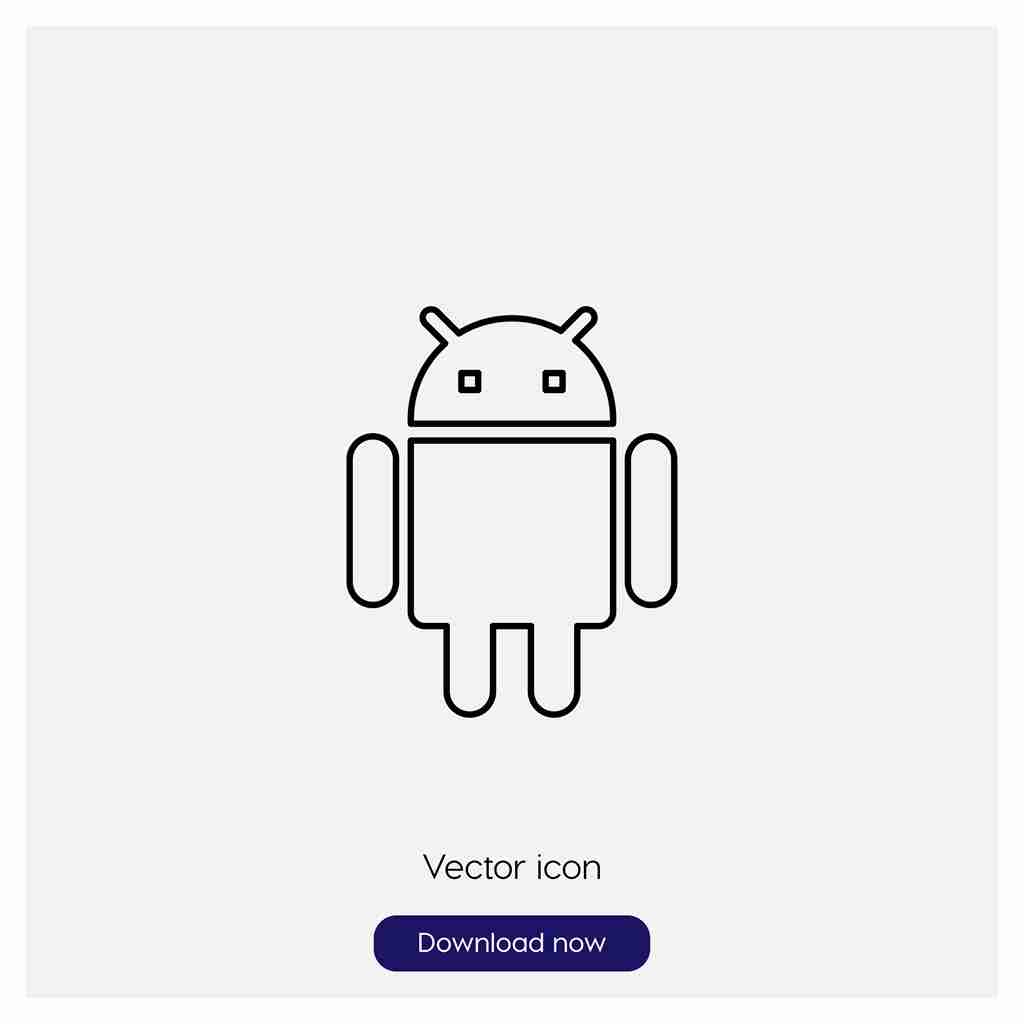Content
Business leaders and decision-makers must know what they’re looking for before they’re able to find it. IPaaS is a broad umbrella for services used to integrate disparate workloads and applications that might not otherwise communicate or interoperate natively. An iPaaS platform seeks to offer and support those disparate integrations and ease the organization’s challenges in getting different workloads to work together across the enterprise. Companies often use mPaaS for the creation of applications that will provide both internal and customer-facing uses. This implementation can promote a BYOD environment and productivity apps without the requirement of mobile app developers or extra IT support.

PaaS provides a single development environment instead of different environments for different platforms. Application programming interfaces are a common feature in modern software development. PaaS allows software developers to build, run and manage secure APIs. Cloud infrastructure https://globalcloudteam.com/ includes servers, storage, data centers, and networking. It is not uncommon for PaaS providers to buy infrastructure from IaaS providers. In fact, in PaaS service model, you only need to manage the applications you developed, and the PaaS provider manages everything else.
Future of the PaaS market and business model
This is especially relevant to industries where technological change is a slow process — for example, banking or manufacturing. PaaS enables these organizations to adapt to the newest offerings without completely changing their business processes. Standing Cloud provides cloud application management and marketplace solutions that enable you to distribute or sell your apps on the cloud. They have specific solutions for ISVs, cloud service vendors, and technology solution vendors.

The Salesforce Platform brings together the power of no-code builders and pro-code tools in a single PaaS. Some of the advantages of PaaS are less coding time, faster delivery to market, low cost, flexible pricing, and scalability. It can be used to exchange, transfer, replicate, and integrate external data. Furthermore, iPaaS accelerates your data integration process and saves time.
What is PaaS in Cloud Computing?
These cloud delivery models give users choices, flexibility and options that on-premise hosting simply cannot provide. If you use SaaS applications to run your email inbox, the chances of something going wrong are very small, and if something did go wrong, it would be up to the SaaS provider to find a solution. It works as another layer on top of the infrastructure services and automatically handles the details of capacity provisioning, load balancing, scalability, and application health monitoring. Scalable — customers can choose from various tiers of computing resources to suit the size of their business.
Customer need not bother about the administration because it is the responsibility of cloud provider. A platform that virtualizes hardware and organizes those resources into clouds. You want to make sure your provider has a history of trust and reliability with its customers so you know they’ll be there for you.
Who benefits from PaaS Cloud Computing?
When trouble strikes, the provider must troubleshoot and remediate any problems. PaaS tools are frequently used in the development of mobile applications. At its core, PaaS provides a faster and easier way for businesses to build and run applications. Private PaaS enables an organization to better serve developers, improve the use of internal resources and reduce the costly cloud sprawl that many companies face. Furthermore, private PaaS enables developers to deploy and manage their company’s applications while also abiding by strict security, privacy and compliance requirements. Private PaaS. A private PaaS option aims to deliver the agility of public PaaS while maintaining the security, compliance, benefits and potentially lower costs of the private data center.
- Before the advent of cloud computing, organizations relied entirely on in-house or on-premises solutions to develop and deliver business-critical applications.
- The provider must ensure that the PaaS is running properly and adheres to promised SLAs.
- Our Care services include hardware & software maintenance, technical support, troubleshooting, and more.
- This can also include the UI or portal that users employ to interact with the PaaS infrastructure and services.
Unlike the IaaS model, PaaS providers manage runtime, middleware, and operating systems. However, PaaS customers still get to manage data and applications—in contrast to the SaaS model, where customers don’t have to manage anything. So in terms of the cloud continuum, PaaS fits snugly between IaaS and SaaS. Each cloud model offers specific features and functionalities, and it is crucial for your organization to understand the differences. PaaS in cloud computing features a virtual infrastructure that includes servers, networking equipment, storage, and database. In addition to hardware tools, PaaS also incorporates a software layer with resources that enhance development capabilities and usability.
Examples of SaaS
PaaS includes several services, such as code libraries and debugging tools, that allow development teams to cut coding time. PaaS enables developers to create, query, and maintain the databases needed for successful applications. Middleware, which enables data management and communication between apps and an operating system, enables your dev team to do all of their design and development in the PaaS ecosystem.

Enterprises should be well-aware of their applications to plan for an architecture that suits the type of applications that are intended for deployment. The computing services are priced based on computations, storage space, and network resources. A typical PaaS model encompasses the physical infrastructure, cloud applications, and a pros and cons of paas graphic user interface . PaaS also provides web services interfaces that allow us to connect the applications outside the platform. Cloud security continues to improve with new advancements in architecture and security technology. Organizations that choose PaaS environments for application development can enjoy a variety of benefits.
How PaaS Works
Instead, they can just plug and play the pre-built reusable blocks provided by the PaaS provider. PaaS is a cloud computing service that uses virtualization to offer an application-development platform to developers or organizations. This platform includes computing, memory, storage, database and other app development services.





